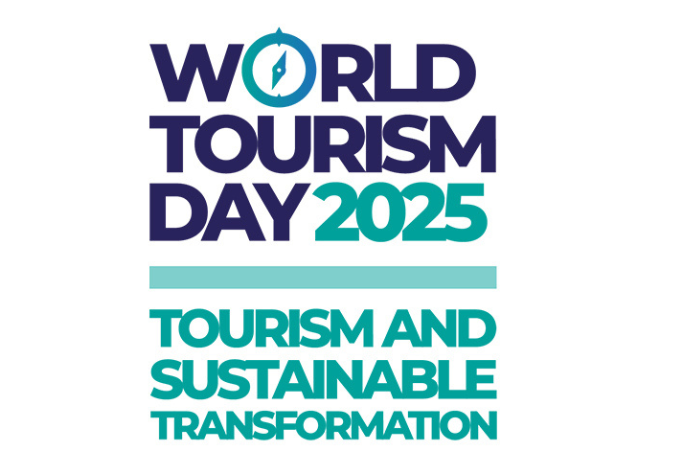As the world celebrates World Tourism Day on September 27, 2025, under the theme “Tourism and Sustainable Transformation,” India stands at a pivotal juncture. No longer just the land of the Taj Mahal and royal palaces, Indian tourism is undergoing a profound metamorphosis, aligning its immense potential with the urgent principles of sustainability. The journey is to transform from a volume-centric industry to a value-centric one, where growth is measured not just in arrival numbers, but in positive impact.
The status of Indian tourism today is one of ambitious resurgence. Having rebounded strongly from global disruptions, the sector is projected to be a key engine for economic growth, aiming to contribute significantly to the government’s vision of a $5 trillion economy. Infrastructure has seen a massive push—new airports, upgraded rail connectivity, and the development of multi-modal hubs have made destinations more accessible than ever. The Unified Tourist Visa system, a masterstroke of policy, has simplified entry for globetrotters, positioning India as a seamless, single-destination experience.
However, the true story lies in how this growth is being steered through the lens of sustainability. The focus has decisively shifted from mainstream circuits to hidden gems, driven by the mantra of ‘Vocal for Local’. Initiatives like the Swadesh Darshan and PRASHAD schemes are developing thematic circuits—from the spiritual trails of the Northeast to the coastal charms of the Indian coastline—ensuring a more equitable distribution of tourism’s benefits. This decentralisation is crucial for rural empowerment and reducing the environmental pressure on iconic but overburdened sites.
The transformation is also deeply ecological. The push for ‘Green Hotels’ is gaining momentum, with certifications for energy and water conservation becoming a badge of honour for the hospitality industry. Destinations like Kerala and Himachal Pradesh are championing responsible tourism models, where community-led homestays, organic farming experiences, and waste management protocols are integral to the tourist offering. The fragile ecosystems of the Himalayas and the Andaman Islands are now explored with stricter regulations, promoting low-impact activities like trekking and snorkeling over disruptive mass tourism.
Perhaps the most significant transformation is socio-cultural. There is a growing emphasis on preserving intangible heritage. Tourists are no longer passive spectators but active participants—learning traditional Pattachitra art in Odisha, participating in a Ladakhi harvest festival, or understanding the ancient wisdom of Ayurveda. This fosters a deeper, more meaningful connection between the visitor and the host community, ensuring that tourism becomes a force for cultural preservation rather than dilution.
The road ahead demands continued vigilance. Balancing the influx of tourists with carrying capacity, managing plastic waste, and ensuring that local communities remain the primary stakeholders are ongoing challenges. Yet, the path India is charting is the right one. On this World Tourism Day, India’s narrative is clear: its future as a top destination is inextricably linked to its commitment to protecting its people, its priceless heritage, and its pristine planet. The transformation is not just sustainable; it is essential, inclusive, and truly inspiring.





